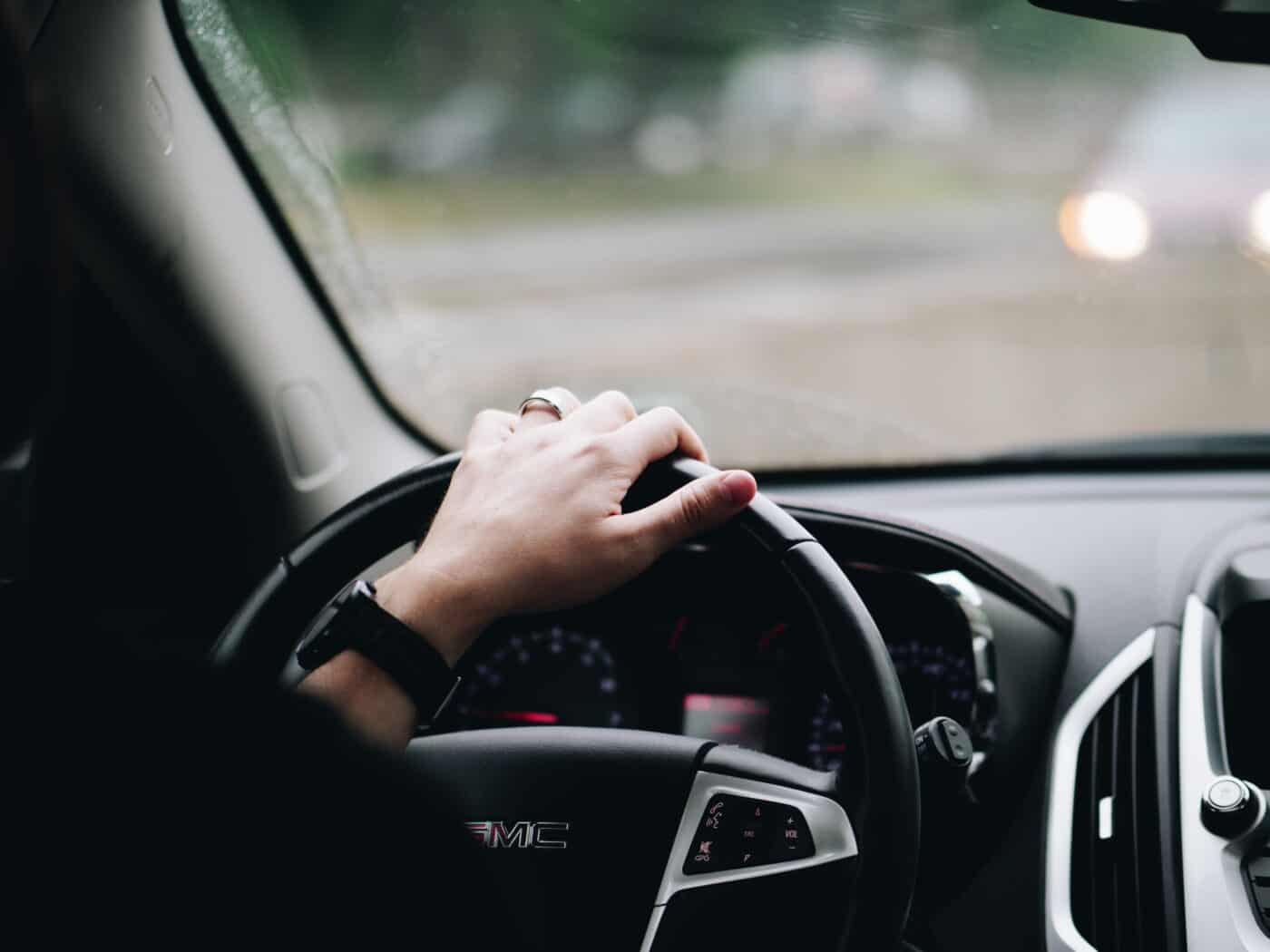
Baby You Can Drive My Car
By Ann Constantino,
Photo by Maxwell Ridgeway on Unsplash
Driving one’s own car may become a thing of the past within many of our life spans, but until then, spending long periods of time behind the wheel can create some patterns in the body that result in stiffness and pain.
If you like to press the pedal to the floor and just get where you’re going whether it’s to Eureka or to Anchorage, your body may lock up so much that you may feel you need the jaws of life to pry you out of the car when you get to your destination.
Spending long periods of time behind the wheel can create some patterns in the body that result in stiffness and pain
Sitting in one position and holding the tension that goes along with navigating through traffic, keeping the kids occupied, preventing your Great Dane from eating the upholstery, and resisting the urge to answer that important text you just heard arrive can coach your body into a stiff fight-or-flight mode.
Particularly vulnerable are the right hip from constant tension of the foot on the gas pedal; the shoulders, wrists and neck from holding the wheel; the low back from being slumped into the seat; and the legs in general from circulatory issues that arise from the seat being too high or slanted or far from the pedals. The eyes can fatigue, especially in bright light, but also from straining in dark or stormy conditions. Even the breath can be compromised from the front of the chest caving in as you reach for the wheel.
A few things to do that can help
Plan ahead and give yourself enough time to stop and smell the roses. About every 30-60 minutes stop and do a few simple stretches. If it’s safe, close your eyes while doing the stretches, and take slow deep breaths.
- For “gas-pedal-hip”: Go behind your car and place your right foot securely up onto your bumper. Bend the right knee and drop into a lunge toward the back of your car, imagining your right back pocket sliding down your backside, lengthening through your right side waist. Stretch up through the left arm and bend to the right. Hold for 5-10 breaths. Repeat on the other side. While driving: imagine your right back pelvis sinking into the car seat. Constant pressure on the gas pedal tends to make you hike that hip up. Rest the leg at stoplights and try to be more aware of when you tense it.
- For low back compression: From standing, bend forward and place your hands just above bent knees, like a tired basketball player. Look up, arching your back, lifting your tail feathers. Then round your spine, tucking chin toward navel and tail underneath you. Go back and forth slowly for a minute or two, imagining your spine lengthening with each round. While driving: place a rolled towel behind your low back to help maintain your natural curvature.
- For wrists: interlace your fingers and turn the palms away from you, stretching your elbows straight and working your way upward toward reaching overhead. Change the interlace and repeat. Then make loose fists and tuck your knuckles under, stretching the back of the wrist. Turn your fists slowly right to left. Do each stretch for 1-2 minutes. While driving, try not to grip the wheel too tightly, and when it’s safe take one hand off the wheel and do a couple wrist rolls.
- For neck and shoulders: standing tall, take a dozen or more giant shoulder rolls, half in each direction. Get into all your nooks and crannies. Then, make double chins by tucking your chin and drawing it in toward your throat. Tip your left ear toward your left shoulder, lifting your right jaw. Loosen the jaw and open and close the mouth a few times, clearing tension from the side of the face, jaw and neck. Repeat other side. While driving: keep you chin tucked a bit down and drawn in toward your throat. Imagine gently lifting and broadening the back of your skull. Relax your shoulders down away from your ears and pull the shoulder blades back a bit so they ride down your back.
- For the legs in general: Whenever possible during your rest stops, take a short walk, 2-5 minutes, just to remind your legs they have a function. Explore the rest area, there may be a rare bird! Adjust the distance of your car seat from the wheel to minimize the edge of the seat compromising circulation to the back of the legs. Important blood vessels and nerves should not be squished.
Next time you’re on the road again, take care of your body, and let the joy be in the journey. Then, once driverless cars become a reality, get ready to awe the grandkids with tales of your expert parallel parking.
Ann Constantino, submitted on behalf of the SoHum Health’s Outreach department.
Related: News